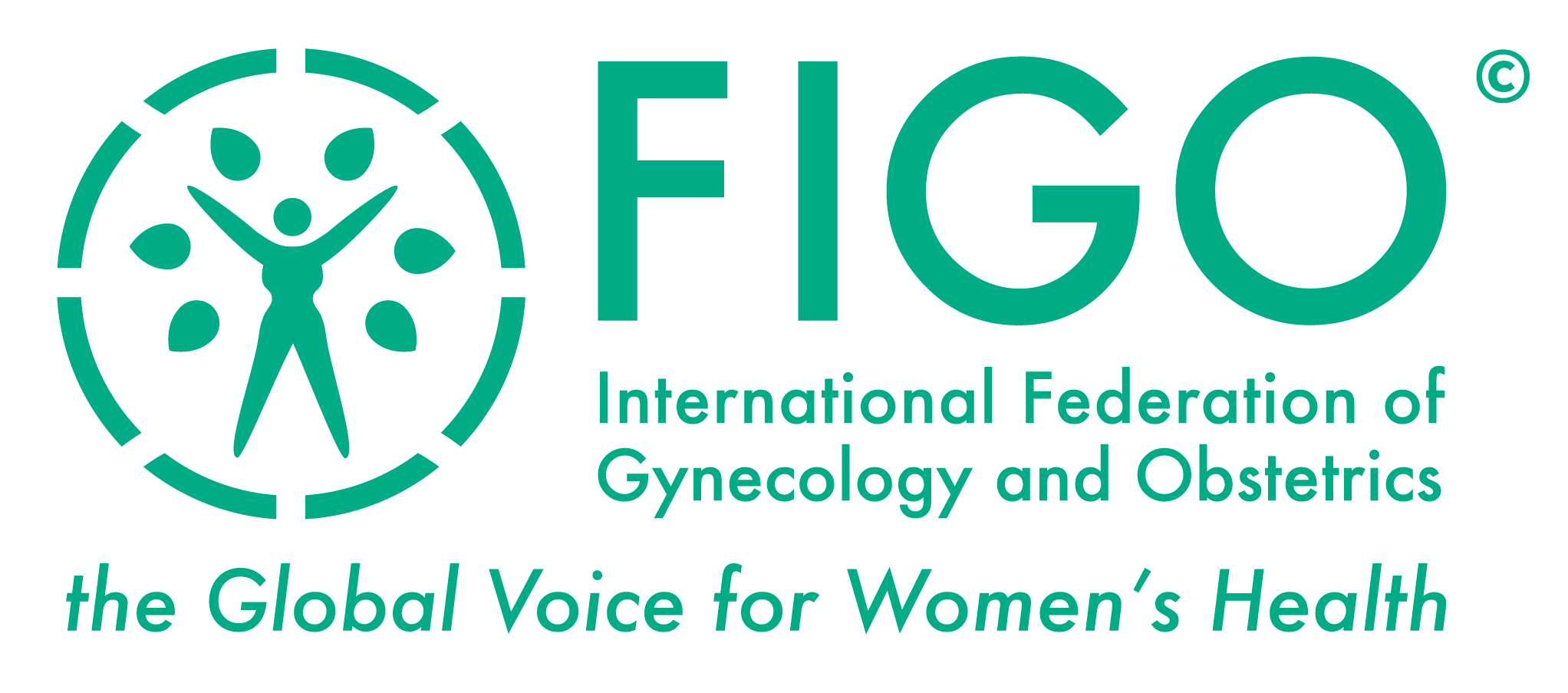
1. Identify and reduce socioeconomic, demographic, religious and cultural barriers: Cultural, religious and socioeconomic barriers can limit access to care..When these are identified, it is often possible to take steps to reduce their impact on limiting access to infertility care, and to identify treatments options.
Most people living in low-resource situations are in developing countries with relatively high population growth rates. Consequently, infertility is not seen as a disease and the costs of treatments need to be paid by individuals rather than society as a whole. Frequently, even the simplest services are not available nor affordable. Inequalities in access to reproductive services exist equally for individuals living in low resource settings belonging to emerging economies and/or wealthy countries. (Nachtigall, 2006)
Several ethno-cultural realities constitute a social barrier to access to reproductive health services. Poverty, education, language and ethnicity are principal factors that influence the ability to access fertility care. These generate isolation, social exclusion and difficulty accessing established social networks.
The influence of religious doctrine can also constitute a barrier to access to reproductive health services. In general, most religions favor big families, but some oppose the use of reproductive technologies. (Ethics, Bioscience and Life, 2008)
Restrictions imposed by religious mandates not only constitute a barrier for individuals. The influence of some religious organizations can restrict discussion of laws dealing with moral values, specifically those related to human reproduction. In this way, religious perspectives decide what is contained in educational material in schools as well as the way laws are discussed and/or applied, often limiting public access to reproductive information and certain fertility treatments.
When these socioeconomic, religious and cultural barriers are identified, it is often possible to take some steps to reduce their impact on limiting access to infertility care, and to identify treatments that can be provided (Ali, 2011; ESHRE Taskforce Ethics & Law, 2009; Ombelet, 2008; Zegers, 2013; FIGO Committee on Ethics. Ethical issues in obstetrics and gynecology. https://www.glowm.com/pdf/English%20Ethical%20Issues%20in%20Obstetrics%20and%20Gynecology.pdf. Accessed September 27, 2015).
